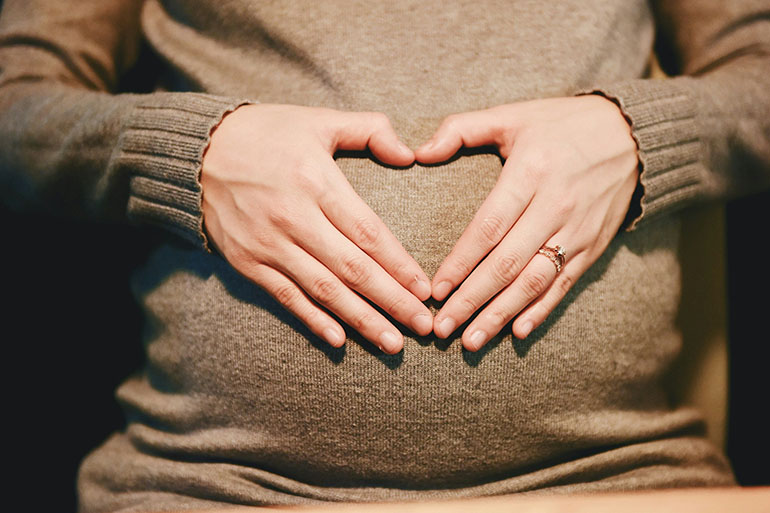October 1, 2024
March 7, 2024
There have already been written many things about assisted reproductive techniques, and rightly so. In recent years, due to the progress of science, many people have been able to fulfil their dreams and enlarge their families through different techniques that favour pregnancy and make it possible to give birth to healthy babies.
But what are the options available nowadays? What exactly is artificial insemination? Are all inseminations the same? What is the success rate of this type of treatment? There are many doubts that we still have about the different types of artificial insemination. That is why in this article we will try to clear up some of the most frequent queries and shed some light on the topic.

Assisted reproduction in Spain
In the last two decades we have seen how Spain has become one of the favourite destinations for families interested in having children, and who for a variety of reasons need help during the reproduction process.
In addition to economic reasons, this is because Spain has one of the most advanced legal frameworks in relation to reproductive health. For example, the law 14/2006 includes the possibility of choosing the gender of the embryo, as long as the gender is relevant to the avoidance of hereditary diseases. In this way, it is easier for parents to protect their future children from diseases that already exist in the family due to genetic predisposition.
Another advantage of carrying out the treatment in Spain is that children born through assisted reproduction will always have access to their parents' genetic information when they reach the age of majority. This high level of transparency is highly valued by couples who come from other European countries such as Germany, Austria or France, and who choose specialised clinics in large Spanish cities such as Madrid, Bilbao or Malaga.
As well as having an excellent legal framework, it should not be underestimated that Spain has a large number of experts specialised in different fertility and intimate health treatments, including urologists, psychologists, biologists and, of course, gynaecologists.
What does artificial insemination consist of?
Within the range of assisted reproduction techniques, artificial insemination is probably the best known. It is usually the most chosen technique because it is one of the simplest, although everything will always depend on the medical history of the parents.
Artificial insemination consists of placing the spermatozoa in the woman's uterus, so that they can then travel to the egg and fertilise it. It is a method recommended in cases of mild male infertility, for women who still have sufficient ovarian reserve, just to name a few cases.
What are the different types of artificial insemination?
In order to talk about the different types of artificial insemination we have to take into account two important factors. On the one hand, where the sperm sample to be used comes from, and on the other hand, how the sperm will be placed in the mother-to-be body.
If the reproductive health of the man and the woman allow it, the process will be a conjugal or homologous artificial insemination. In this case, the man's sperm is processed and introduced into the woman's uterus, paying attention to the period of high fertility. Thus, the genetic material will come one hundred percent from the couple who come to the clinic.
However, if due to medical reasons or the absence of the man in the pregnant couple, a sperm sample from an anonymous donor is used, we are talking about heterologous artificial insemination.
Regarding the procedure itself, once the sperm sample has been obtained, intrauterine artificial insemination or intracervical artificial insemination can be performed. In the first case, the sperm is placed directly into the woman's uterus through the cervix. In the second case, the sperm is placed in the cervix, a less invasive technique, but less effective overall.

What is the success rate?
The success of assisted reproduction treatments depends on several factors, among which the most relevant are: the age of the pregnant woman (assisted fertilisation is highly recommended below the age of 35), the quality of the donor's sperm, the ovarian stimulation process, and the general condition of the woman (especially the condition of her reproductive system, especially her uterus).
In any case, the success or failure of the treatments will always depend on the specific situation of each couple. As usual, it is advisable to consult a specialist who can analyse the circumstances of the case, in order to make the best decision.
Medical coverage and assisted reproduction
If we worry about our family being covered for any health problem, no matter how insignificant, it is even more so when it comes to facing an artificial insemination process.
Nowadays it is clear that undergoing this type of treatment can not only be hard on a physical level, but above all on a mental and emotional level. That is why having a good medical cover is crucial to feel safe and accompanied throughout the process. If you are looking for a health insurance that covers these kinds of needs, take a look at CASER Integral Health Insurance, a family health plan that covers assisted reproduction and infertility diagnosis. Under this plan, you can try to conceive by artificial insemination up to three times, and other options such as in vitro fertilisation are also available.
Should you find in good hands, embarking on the adventure of parenthood can be wonderful from the very first minute. As you can see, improvements in reproductive medicine have provided us with different alternatives when it comes to trying to get pregnant. It is important that you know about the different types of artificial insemination so that you can be aware of your options, and so that you can ask your doctor any questions you may have. I hope I have helped you to learn a little more about the interesting (and sometimes unknown) world of assisted reproduction.
You can find our guide to the best fertility centres in Spain below. If you have any questions, feel free to send us a message at any time, we'll be happy to help you! See you next time!
|
If you are searching for health insurance in Spain, Caser Expat Insurance has the right policy for you!
|
.png?width=344&height=67&name=logo_caser%20(2).png)








Let Us Know What You Thought about this Post.
Put your Comment Below.